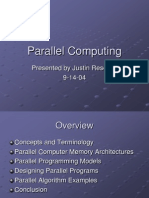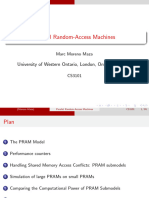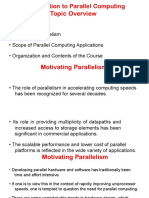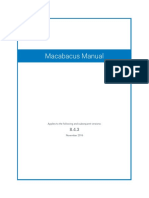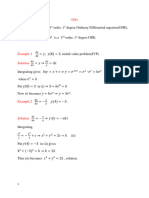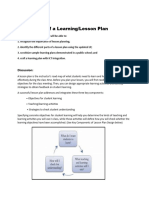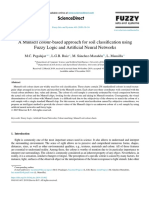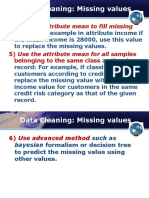0% found this document useful (0 votes)
64 views31 pagesL2 Parallel Computing Models
The document discusses parallel computation models including PRAM and distributed models. It covers topics like parallel algorithms, complexity measures, and issues with shared memory models. The slides provide details on different parallel and distributed frameworks as well as interconnection networks and processing activation methods.
Uploaded by
Karthik LaxmikanthCopyright
© © All Rights Reserved
We take content rights seriously. If you suspect this is your content, claim it here.
Available Formats
Download as PDF, TXT or read online on Scribd
0% found this document useful (0 votes)
64 views31 pagesL2 Parallel Computing Models
The document discusses parallel computation models including PRAM and distributed models. It covers topics like parallel algorithms, complexity measures, and issues with shared memory models. The slides provide details on different parallel and distributed frameworks as well as interconnection networks and processing activation methods.
Uploaded by
Karthik LaxmikanthCopyright
© © All Rights Reserved
We take content rights seriously. If you suspect this is your content, claim it here.
Available Formats
Download as PDF, TXT or read online on Scribd
/ 31






